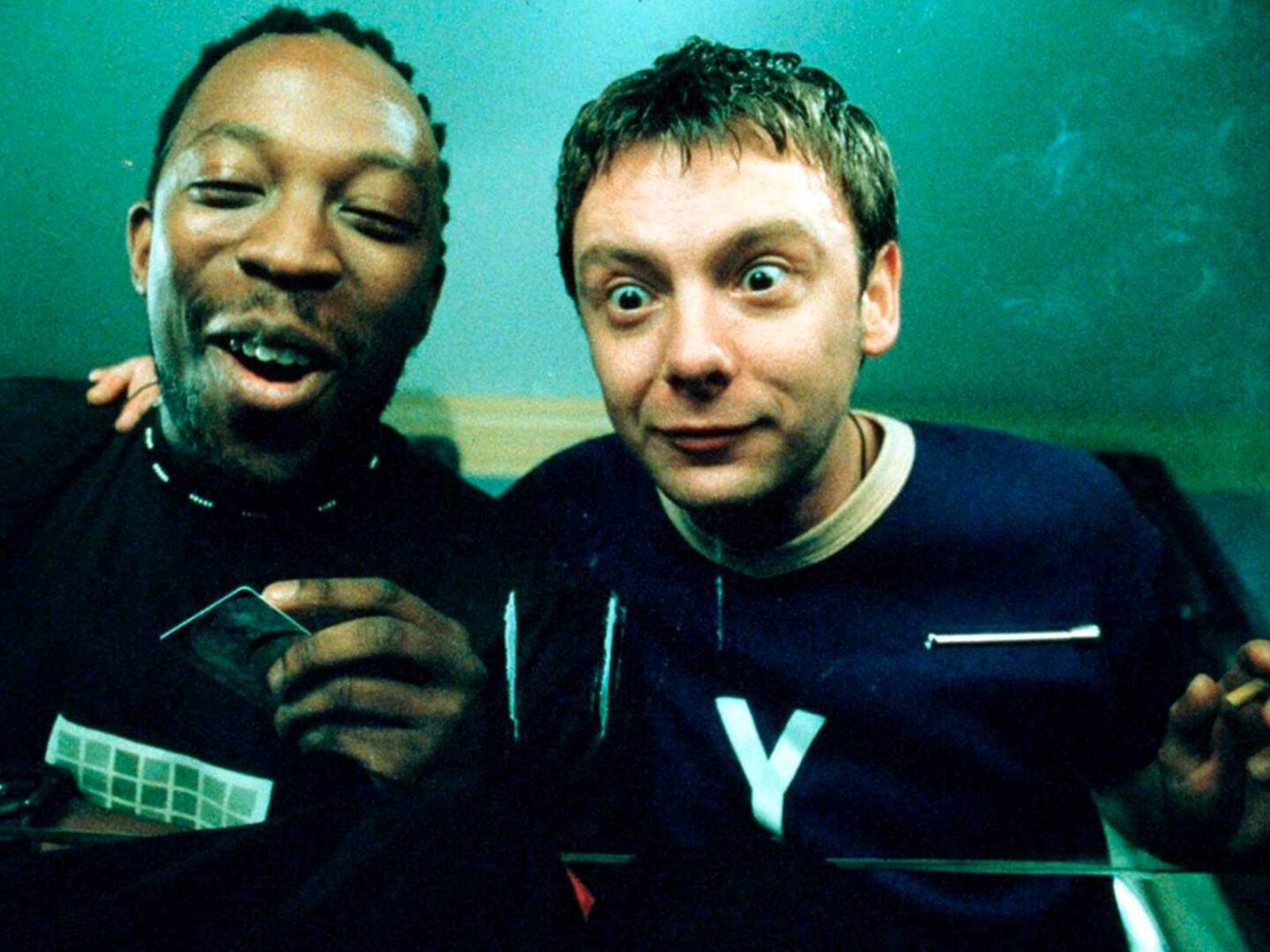The gesture is automatic, almost ritualistic: inhaling. A white powder that could be mistaken for cocaine, but which in reality is something much more insidious, because as it is not illegal, it opens a door that forces us to question the limits between what is acceptable and what, although legal, is potentially dangerous. We are talking about the energy powders that are sweeping Europe under names such as Wiesn Koks or Sniffy.
These dietary supplements, consisting of taurine, caffeine, creatine, amino acids and maltodextrin, are consumed nasally, much like cocaine use, but without the illegal effects. On the surface, what is on offer is an ephemeral energy rush, but behind this sensation lie disturbing questions about the contemporary desire to constantly experiment with our bodies and minds.
Wiesn Koks, for example, has its roots in Bavarian tradition, particularly at Oktoberfest, where tobacco has been mixed with this ‘Bavarian cocaine’ for decades. However, far from being a mere cultural curiosity, the phenomenon has transcended, becoming a symbol of the search for extreme sensations in festive settings. The history of its rise, often associated with binge drinking and other substance abuse, points to how the desire for a more intense experience can take the form of a powder that is snorted, legal, accessible and socially accepted in certain circles. The mixture of sugar, menthol and stimulants is not a novelty in the region’s tradition, but the way it has gained popularity in the global context of festivals and mass events is.
On the other hand, Sniffy, the energy powder produced in Marseille, has managed to capture the attention mainly of a youth in search of an instant pick-me-up. Its proposition is clear: a quick and brief energy boost, but one that comes with the lure of exotic flavours and a completely legal profile. However, the Mario Negri Institute’s warning should not be taken lightly: these products, while legal, can be a gateway to more dangerous behaviour. The gesture of inhaling, so common in social environments where this powder is consumed, can become a subtle step towards the consumption of illegal substances.
Powder and the world that uses it
The data provided by the European Union Drugs Agency (EUDA) are clear: narcotics use in Europe is on the rise, and cocaine remains the most seized substance in EU ports. In 2022, authorities recorded 323 tonnes of cocaine, an alarming increase from 303 tonnes the previous year. What is going on behind these numbers? Why, on a continent where drug use has been managed from progressive approaches, do we continue to see an increase in the use of such destructive substances?
In countries such as Portugal, where possession for personal use was decriminalised in 2001, overdose rates have reached alarming levels, with a significant increase in drug-related deaths over the last decade. Wastewater from Lisbon reveals that cocaine and ketamine levels are among the highest in Europe, pointing to a complex contradiction in the decriminalisation model: the fact that criminal sanctions have been abolished has failed to curb the increase in consumption and the social consequences it entails. The question of the impact of these substances on the collective psyche is more urgent than ever.
The fragility of the boundary
What at first appeared to be a harmless fad, a simple powder to be inhaled in a festive environment, reveals an uncomfortable truth: the boundaries between the legal and the dangerous are becoming increasingly blurred. The consumption of Wiesn Koks or Sniffy is not just a passing trend, but a symptom of a generation that seeks in every gesture, in every substance, a form of escape, of instant release, of connection with a world that demands more, always more. However, behind this promise of energy, there is a hidden price that needs to be explored.
The interaction of these powders with the body and mind is a perfect metaphor for our age: we live in a time where everything seems within reach, where the immediacy of gratification becomes a cultural imperative. But that speed, that need to be constantly stimulated, may be leading many down a darker path of which they may not be fully aware.
A solution or a major challenge?
While the authorities are taking action, as demonstrated by the creation of Eurojust and its European judicial network against organised crime, the challenge of effectively tackling this phenomenon remains vast. The legality of these products does not make them harmless. In fact, the risk lies precisely in that fine line between the permissible and the dangerous: the fact that these substances can be freely acquired creates a false sense of security, when in reality the risks at the psychological and social level could be even more profound than imagined.
The culture of immediate gratification, rapid consumption and fleeting effects is at the crossroads of a profound reflection on the future. The gestures we make today, the decisions we take in a festive or relaxed environment, may be laying the foundations for a cycle that is much more destructive and difficult to break. In this ephemeral dust, what we are really inhaling is our ability to think long-term, to reflect on what really matters.
The rapper has recounted the incident on social media, where she denies that the marijuana was hers.
Sigue toda la información de HIGHXTAR desde Facebook, Twitter o Instagram
